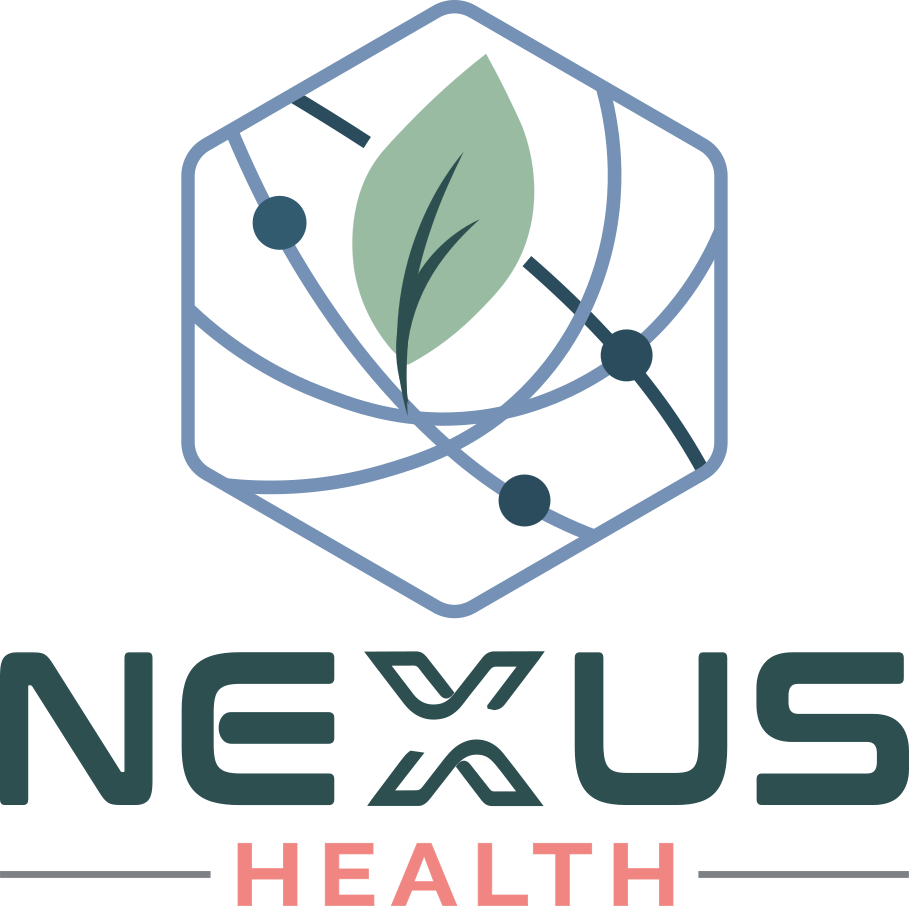Tui Na Massages
What is Tui Na?
Tui Na (pronounced "twee nah") is a sophisticated form of therapeutic massage and bodywork that has been an integral part of Traditional Chinese Medicine (TCM) for thousands of years. More than just a relaxing massage, Tui Na is a comprehensive healthcare system that uses skilled hand techniques to address specific health conditions and restore the body's natural balance. The name "Tui Na" literally translates to "push-pull," reflecting two of the fundamental techniques used.
Tui Na can be used as a stand-alone therapy or combined with other treatments such as acupuncture, cupping, or Gua Sha to enhance therapeutic outcomes.
How Does Tui Na Work?
A Traditional Understanding
In Traditional Chinese Medicine, health is understood as the harmonious flow of Qi (pronounced "chee"), or vital life energy, throughout the body along specific pathways called meridians. When Qi becomes blocked, deficient, or imbalanced, it can lead to pain, discomfort, and illness.
Tui Na practitioners use a variety of techniques – including kneading, pressing, rolling, rubbing, stretching, and manipulating – on specific acupoints, meridians, and muscle groups. The goal is to:
Remove blockages: Allowing Qi and blood to flow freely.
Balance Yin and Yang: Restoring equilibrium to the body's opposing forces.
Promote healing: Encouraging the body's innate ability to repair and regenerate.
This approach views the body, mind, and spirit as interconnected, aiming to address the root cause of discomfort rather than just the symptoms.
A Modern Scientific Perspective
From a contemporary Western medical view, Tui Na is a manual therapy whose benefits can be explained by several physiological mechanisms:
Musculoskeletal Release: Tui Na techniques work on muscles, tendons, and joints to release tension, break down adhesions (knots), and improve mobility.
Enhanced Circulation: The manipulations stimulate blood and lymphatic flow, delivering oxygen and nutrients while removing metabolic waste and reducing inflammation.
Neurological Modulation: Stimulating specific points triggers the body’s natural pain-relief mechanisms (e.g., endorphin release) and calms the nervous system to promote relaxation.
Stress Reduction: By alleviating physical discomfort and calming the nervous system, Tui Na helps reduce stress hormones and foster well-being.
In essence, Tui Na effectively addresses soft tissue and structural issues, leading to pain reduction and improved physical and mental health.
What Can I Expect During a Treatment?
At Nexus Health, your Tui Na session will be tailored to your specific needs. The treatment typically takes place with you lying comfortably on a massage table. For optimal effectiveness, we provide on-skin treatment, meaning you will need to undress to your comfort level. Rest assured, your privacy and comfort are paramount; appropriate draping will be used throughout the session to ensure only the area being worked on is exposed.
Your initial session will begin with a thorough consultation. We'll discuss your detailed health history, current concerns, and your goals for the treatment. This allows us to create a personalized and effective Tui Na treatment plan just for you.
During the session, your practitioner will use a diverse range of hand techniques, including their fingers, palms, elbows, and even forearms, to apply pressure, knead, roll, rub, stretch, and manipulate. You may experience sensations from gentle pressure to deeper manipulation, and sometimes a feeling of release or warmth in specific areas. Open communication is essential, so please feel free to provide feedback on pressure or comfort levels at any point.
How Many Treatments Will I Need?
The number of Tui Na treatments needed varies greatly depending on the individual, the condition being treated, its severity, and how long you've had it.
Acute conditions (e.g., a recent muscle strain) might respond well to 1-3 sessions.
Chronic conditions (e.g., long-standing back pain, digestive issues) may require a series of treatments, perhaps 6-10 sessions, with follow-up maintenance as needed.
General wellness and stress reduction can be supported with regular, less frequent sessions.
Your practitioner will discuss a recommended treatment plan with you after your initial assessment, adjusting it as your condition progresses.
What Conditions Can Tui Na Help With?
Tui Na is a versatile therapy that can effectively address a wide range of conditions. While it is renowned for its benefits in musculoskeletal issues, its holistic nature allows it to support various aspects of health.
Common conditions Tui Na can help with include:
-
· Neck and shoulder pain
· Back pain (lower back, mid-back)
· Sciatica
· Headaches and migraines (tension-related)
· Joint pain (knees, hips, elbows, wrists)
· Sports injuries (sprains, strains, muscle pulls)
· Arthritis (reducing pain and improving mobility)
· Frozen shoulder
· Tendonitis (e.g., tennis elbow, golfer's elbow)
-
· Digestive issues (e.g., constipation, bloating, IBS symptoms)
· Insomnia and sleep disturbances
· Stress, anxiety, and fatigue
· Menstrual disorders and PMS symptoms
· Respiratory conditions (e.g., asthma, common cold symptoms – by clearing congestion)
-
· Reducing tension and promoting relaxation
· Improving energy levels
· Enhancing circulation
· Supporting overall health maintenance
Tui Na is a powerful complement to acupuncture and other forms of care, working to harmonize the body and encourage its natural healing capabilities.



